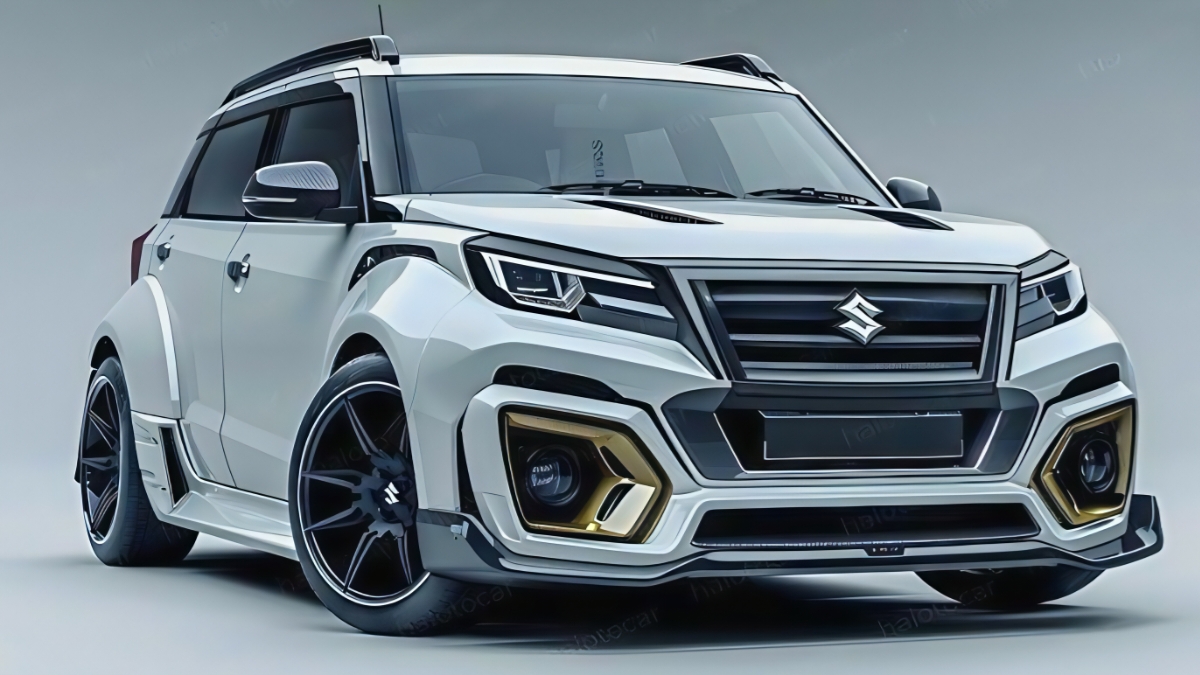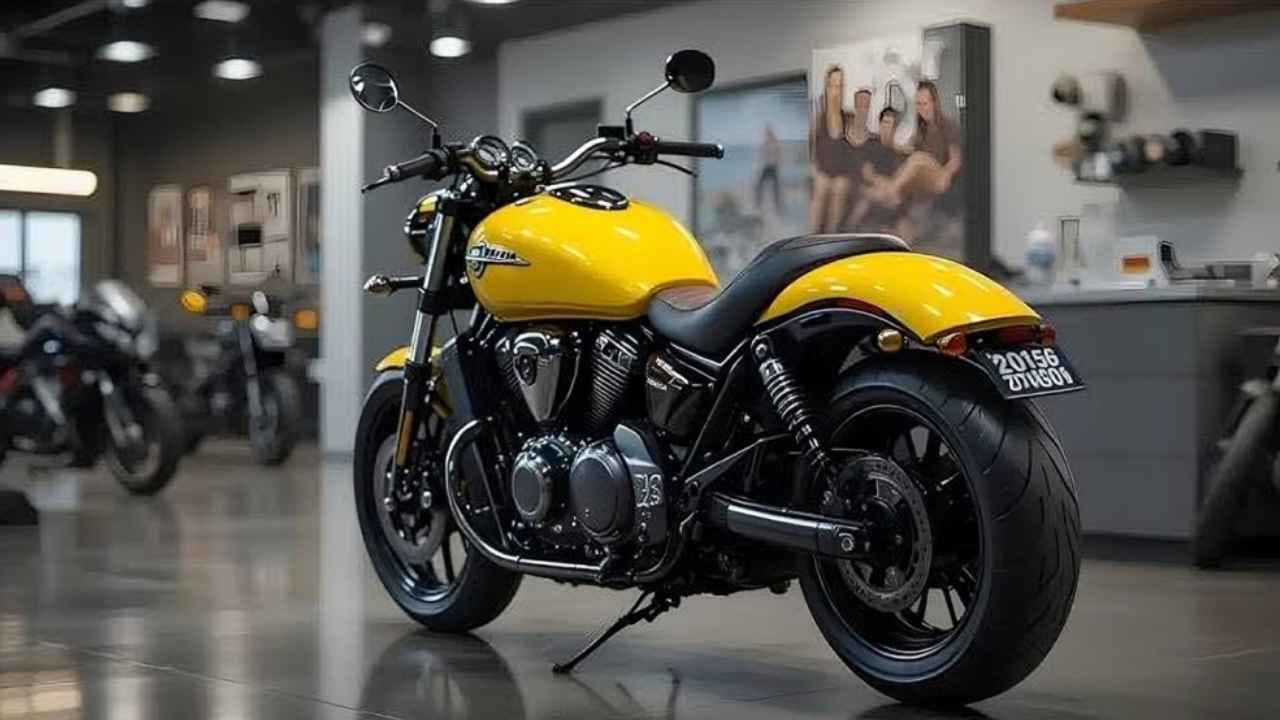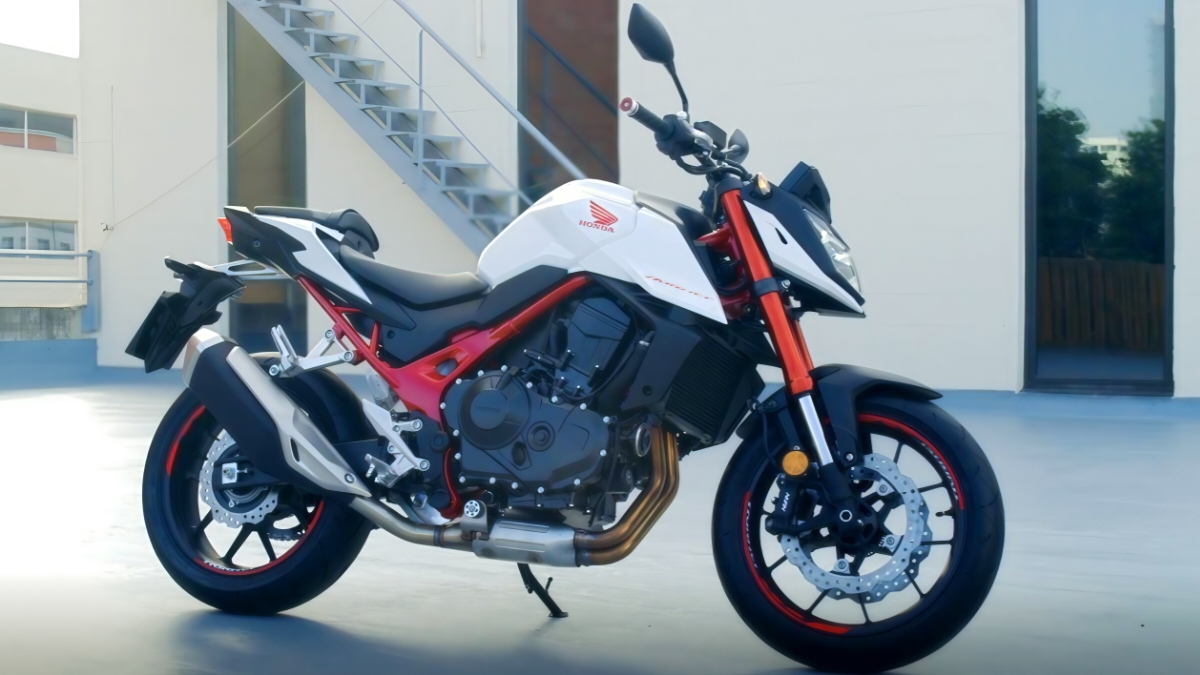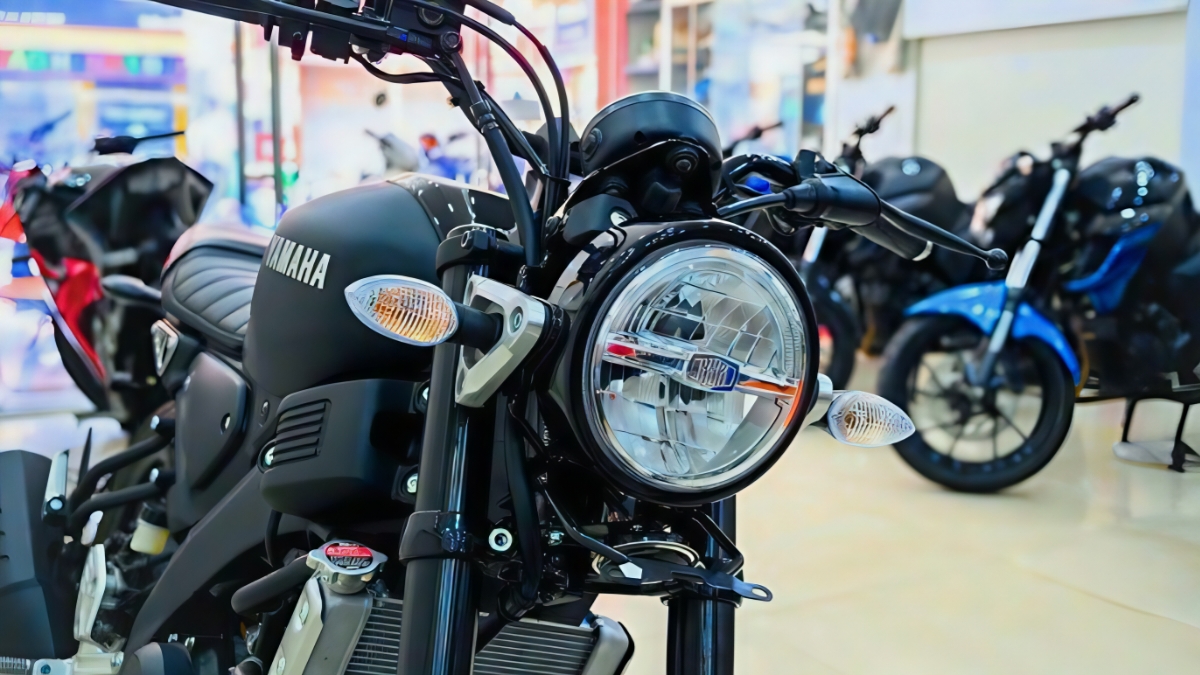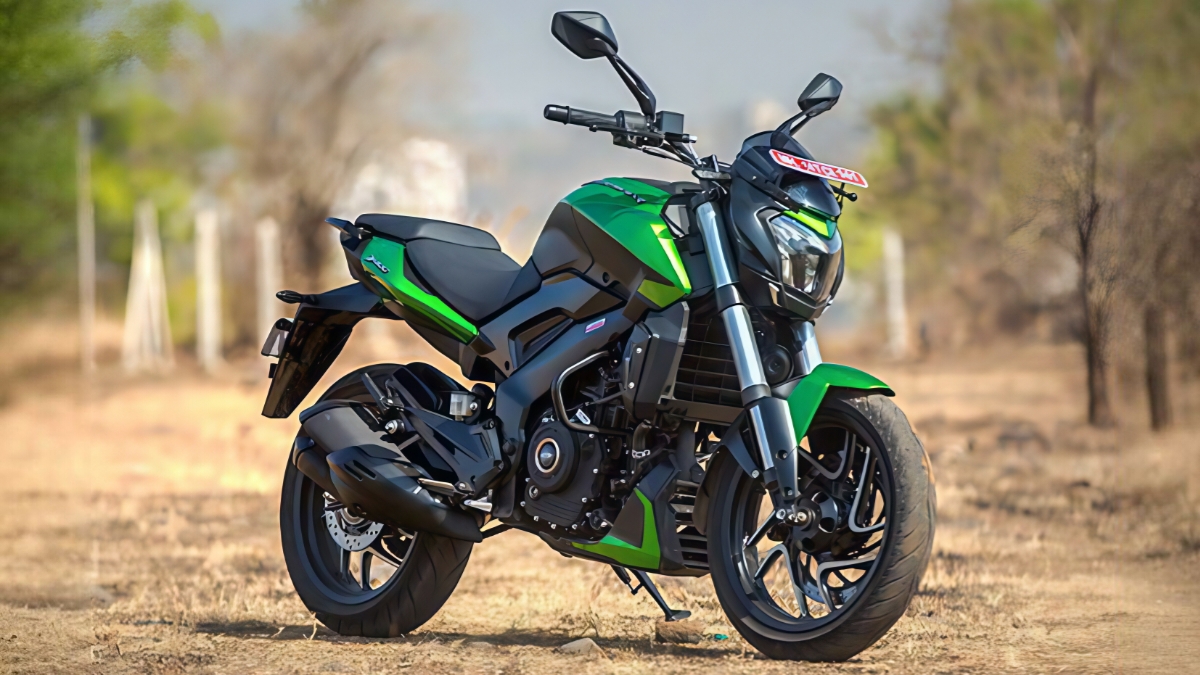Yamaha MT-15: The Indian motorcycle market is filled with exciting options for young riders, but two bikes stand out as clear favorites in the entry-level streetfighter category. The Yamaha MT-15 and Bajaj Pulsar NS200 have captured the hearts of countless enthusiasts who want a perfect blend of style, performance, and affordability. Both motorcycles offer unique advantages that make choosing between them a challenging yet exciting decision for potential buyers.
Visual Appeal and Street Presence
The Yamaha MT-15 showcases its distinctive “Dark Side of Japan” design philosophy with aggressive styling that immediately catches attention. Its sharp, angular lines combined with a futuristic LED headlamp and muscular fuel tank create a compact yet striking appearance. The bike’s design language speaks to riders who appreciate modern, sleek aesthetics and want to stand out in urban traffic with a sophisticated look.
In contrast, the Bajaj Pulsar NS200 maintains its bold and muscular stance that has remained popular since its introduction. The bike features prominent tank extensions, a larger overall frame, and eye-catching graphics that give it a more imposing road presence. Riders who prefer a bigger, more substantial motorcycle that commands attention will find the NS200’s design philosophy appealing for its robust and aggressive character.
Engine Performance and Power Delivery
Under the surface, these motorcycles offer distinctly different performance characteristics. The Yamaha MT-15 is equipped with a 155cc liquid-cooled single-cylinder engine that produces 18.4 horsepower and 14.1 Newton-meters of torque. This engine shares its DNA with the acclaimed R15 V4 and features Variable Valve Actuation technology, making it particularly smooth and efficient at higher engine speeds while delivering refined performance.
The Bajaj Pulsar NS200 comes with a significantly larger 199.5cc liquid-cooled engine that generates 24.5 horsepower and 18.74 Newton-meters of torque. This substantial power advantage gives the NS200 superior acceleration capabilities and better performance for highway riding. While the MT-15 excels in delivering smooth, refined power delivery, the NS200 provides stronger mid-range performance that makes city riding and highway cruising more enjoyable for power-hungry riders.
Handling Characteristics and Ride Quality
The riding experience differs considerably between these two motorcycles. The Yamaha MT-15 utilizes a Deltabox frame that provides exceptional agility and stability during cornering maneuvers. Its lightweight construction makes it incredibly easy to maneuver through traffic and enjoyable to ride on winding roads. The suspension setup, featuring telescopic front forks and a rear monoshock, delivers a balanced ride quality suitable for urban environments.
The Bajaj Pulsar NS200 employs a perimeter frame design with a slightly firmer suspension setup that provides a more planted feeling at higher speeds. Although heavier than the MT-15, this additional weight contributes to its stability and confidence-inspiring ride quality on rough roads and during aggressive riding sessions. Riders who prioritize stability and a solid feel during spirited rides will appreciate the NS200’s characteristics.
Technology Features and Safety Equipment
In terms of modern features, the Yamaha MT-15 offers a digital LCD instrument cluster with Bluetooth connectivity in certain variants, comprehensive LED lighting, and a slipper clutch for smoother downshifts. However, the base variant lacks dual-channel ABS, which some safety-conscious buyers might consider a significant drawback in today’s market.
The Bajaj Pulsar NS200 features a semi-digital instrument cluster that, while functional, appears somewhat dated compared to modern standards. Nevertheless, it includes dual-channel ABS as standard equipment, providing an important safety advantage over the base MT-15 variant and giving riders better braking control in emergency situations.
Fuel Economy and Pricing Considerations
Fuel efficiency plays a crucial role in the daily ownership experience. The Yamaha MT-15 delivers impressive fuel economy, typically achieving 45-50 kilometers per liter under mixed riding conditions, making it an economical choice for daily commuting. The Pulsar NS200, with its larger engine, returns approximately 35-40 kilometers per liter, which remains reasonable but is less fuel-efficient than the Yamaha.
Regarding pricing, the MT-15 starts around ₹1.68 lakh ex-showroom, while the NS200 begins at approximately ₹1.55 lakh ex-showroom, offering more displacement and power at a slightly lower cost, making it attractive for budget-conscious performance seekers.
Disclaimer: The information presented in this article is based on available specifications and market data. Prices, features, and specifications may vary by location and are subject to change without notice. Prospective buyers should verify current details through authorized dealers before making purchase decisions.






